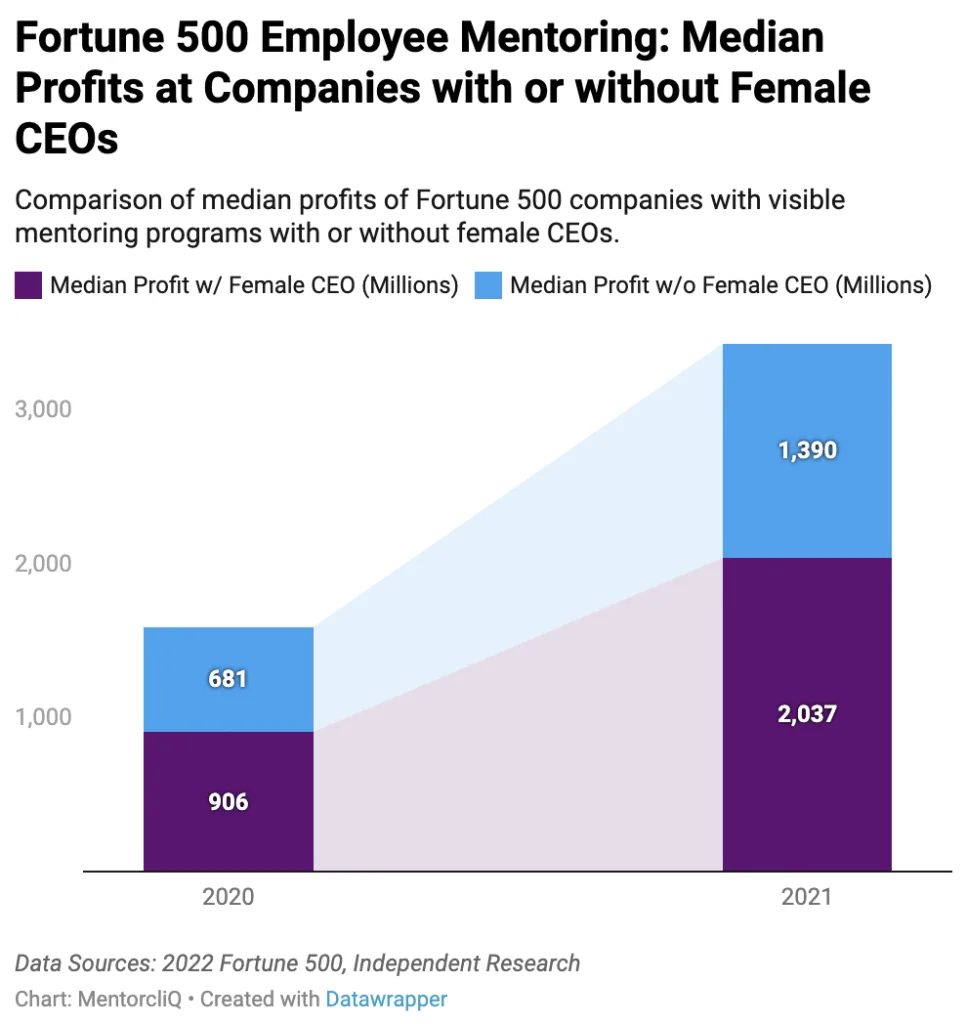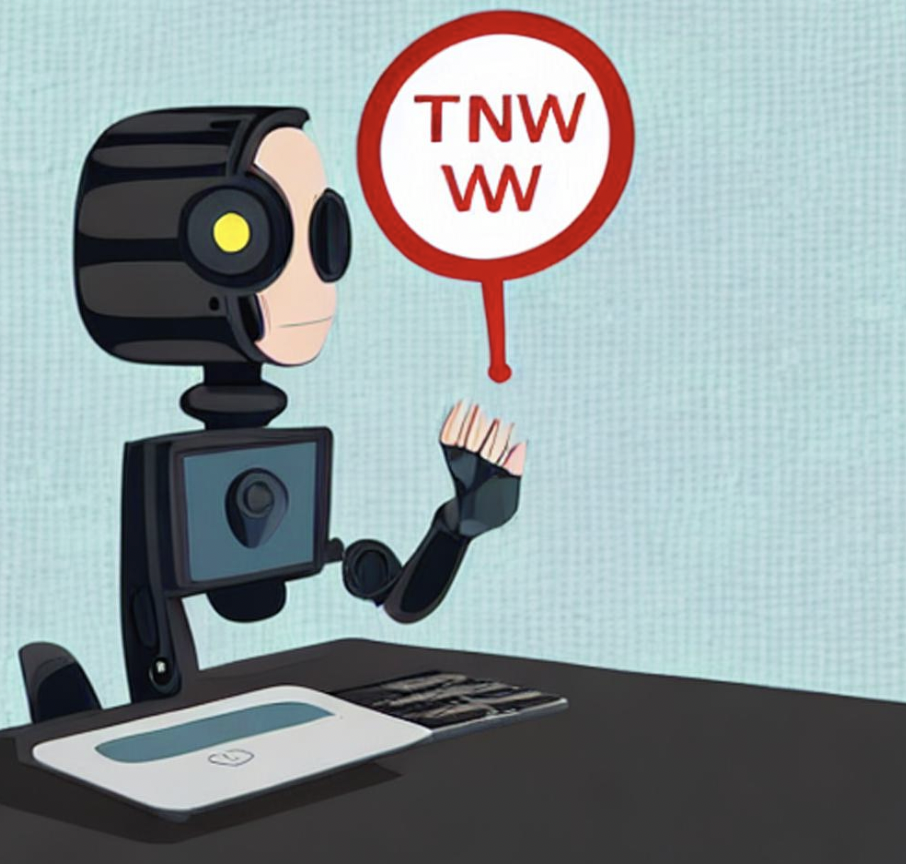Picturing the reality of diversity and inclusion in the workplace often requires some storytelling.
- Imagine Amita, a single mother from a minority background, lands a job at a forward-thinking company that understands the value of diversity and inclusion. Her new employer’s inclusive culture enables her to excel professionally while balancing her personal responsibilities at the same time.
- Picture Nick, a talented Gen-Z digital marketing specialist who faced challenges in his previous jobs due to his neurodivergent condition, but his new company culture empowers him to thrive through their dedication to diversity and inclusion.
There are many Amitas and Nicks among us. Fostering diversity and inclusion has driven change and success in today’s competitive business landscape. A diverse and inclusive workplace removes barriers, breaks down biases, and ensures everyone has equal access to support and opportunities.
In short: DEI is important, but it’s incredibly hard to navigate. If that speaks to your experiences right now, hopefully this article leads in your the right direction.
What Is Diversity and Inclusion (D&I)?
Diversity and inclusion are typically an “all-inclusive package”, but they’re not the same thing.
On diversity:
- In the workplace setting, Diversity refers the visible and invisible representation of differences within the organization. While it can be thought of as an action (e.g., fostering diversity), the concept itself is not an action, but a demographic representation within the organization.
- The concept encompasses various factors like gender identities, sexual orientation, marital status, age, ethnicity, socio-economic status, and abilities.
- Using Amita and Nick as an example, Amita’s gender, minority background, and single motherhood would all be represented in the company’s diversity metrics, while Nick’s age and neurodivergent condition would be DEI factors.
Unfortunately, racial, ethnic, and gender diversity tend get the most attention as the end-all, be-all for diversity within companies. It’s not, which is why we use Nick’s example here. Many unseen factors can negatively impact someone’s ability to get hired or succeed at work without support, including age (ageism in the workplace is real) and neurodivergence.
On inclusion:
- Inclusion embodies the commitment to creating a work environment where employees of diverse backgrounds and characteristics have access to equal opportunity and treatment. Within the diversity and inclusion concept, inclusion is the action companies take to achieve and foster diversity.
- Amita’s and Nick’s workplaces allow personal and professional growth thanks to inclusive culture and practices
Spot the difference here? Diversity is the goal, inclusion is the action to achieve that goal.
What Is the Main Difference Between Diversity and Inclusion?
Companies need to understand the distinction between diversity and inclusion when creating and implementing D&I initiatives to promote a diverse and inclusive environment.
It’s fully possible for a company to be diverse but not inclusive. That’s a distinction that can confound people, with good reason. Diversity can happen organically, but that does not mean it’s fully supported within an organization.
As Business Psychologist Anjana Nathwani explained on LinkedIn, “diversity happens organically, inclusion requires thought”.
Let’s hear a little bit more of Nick’s story:
- Nick’s previous employer hired him to help them with digital marketing strategy from a younger generation’s point of view. Nick was the only Gen Z in a predominantly millennial group, and he often felt excluded in his work environment. While Nick tried his best to contribute, he didn’t feel his opinions were valued or heard. This eventually took a toll on Nick’s mental health, forcing him to leave soon after joining.
Nick’s previous employer made him feel marginalized and aliented unintentionally. Yet this is a sound example of how employers may fall into the diversity trap, hoping that inclusion can happen overnight. Hiring one member of from a minority group doesn’t equate to adequate diversity and inclusion, especially when there’s no plan or strategy to welcome or support them.
What Does an Inclusive Workplace Look Like?
In an inclusive environment, employees experience a sense of belonging, respect, and equal opportunities, regardless of their diverse backgrounds and characteristics. Workplace inclusion can be built and achieved through the proactive implementation of diversity policies and genuine inclusion practices that encourage open communication, collaboration, and support for every individual.
Why Does Diversity and Inclusion Matter in the Workplace?
In a diverse and inclusive workplace culture, everyone benefits across all levels of the organization, from companies to teams and individuals.
1. Enhanced innovation and creativity
A diverse workforce means diverse perspectives and experiences. This rich environment encourages fruitful conversation and exchange of unique ideas and approaches as well as novel solutions that will help enhance the organization’s ability to adapt and thrive in a competitive market.
This directly impacts a company’s bottom line (and positively, at that). A diverse workforce can drive innovation. According to a study by McKinsey & Company, that diversity (especially among leadership teams) can help companies outperform competitors.
2. Improved decision-making and problem-solving
Collective wisdom is acquired from a diverse group of employees and enriched by a boarder range of experiences and insights. This is commonly called internal knowledge, which is honed and forged by teams working together within an organization over time. The quality of that internal knowledge improves when teams come from diverse backgrounds and bring with them different experiences that help them look at and solve problems in unique ways.
This helps them, and ultimately the company, make more informed and innovative decision when they face problems or challenges.
3. Increased employee engagement and retention
When employees feel heard and valued for their opinions and who they are as a person, a sense of belonging is strengthened. That leads to increased employee engagement and commitment to the company. In other words, diversity and inclusion improves employee retention. In turn, it reduces employee turnover and costs associated with hiring and training new employees.
4. Better company reputation and brand
Diverse companies, such as those on the DiversityInc Top 50 like Accenture, Mastercard, and Humana, and KeyBank, enjoy a positive reputation and strong brand image. In today’s globalized and interconnected world, customers and potential employees are increasingly drawn to companies that champion their commitment to diversity and inclusion.
5. Access to a wider pool of talent
In its 2022 Global Inclusion Report, Principal Financial Group found that 18% of senior leaders at U.S. organizations were people of color (up from 12.5% in 2021). That shows growth is happening, although that’s certainly behind where it should be.
When companies hold an impressive reputation for their diverse and inclusive work environment, they naturally attract unique talent from a larger and more varied pool of candidates and qualified applicants. This way, companies have access to the best possible talent pool, which, when hired, becomes the driving force of success.
6. Greater financial performance

Workforce diversity can lead to better decision-making, improved risk management, and increased innovation, all of which contribute to a stronger bottom line. We already mentioned this under the first point, but we’ll reiterate it here.
In our Mentoring Impact Report, we found that companies with female CEOs significantly outperformed all other companies, on average. And because companies with female CEOs and C-suite executives tend to be more diverse company-wide, the evidence points to women and diversity, in general, helping drive an uptick in profits.
How to Promote Diversity and Inclusion in the Workplace?
All the benefits and good bits do sound attractive, right? Still, building an inclusive and diverse workplace requires time and careful planning. It’s indeed a team effort, and you’ll need all the help you can get from everyone in your company.
Demonstrate leadership commitment
Leaders and people in a position of power and authority need to set clear D&I goals. For example:
- Creating supportive and safe spaces for employees
- Increasing the representation of underrepresented groups
- Implementing policies that promote fair treatment
These objectives are not just a sign-off but demand necessary resources, such as time, budget, and personnel. This investment in diversity and inclusion initiatives signals a strong commitment from the top, setting the stage for long-term organizational success and inspiring employees to embrace the company’s efforts.
Build a company culture of inclusion
People feel included when they feel heard. That’s why open communication is a key characteristic in inclusive workplaces. Being able to communicate in a transparent and honest without judgement fosters trust and collaboration among diverse employees.
Plus, setting up employee resource groups (ERGs) can provide targeted support and networking opportunities, further strengthening the inclusive work environment. These practices cultivate a sense of belonging and respect for all employees, resulting in improved employee engagement and retention.
Implement diverse hiring practices

HR departments play a significant role in building workplace diversity and fostering a more inclusive workplaces. It comes down to who is joining your company in the first place.
Hiring managers may adopt blind recruitment to eliminate unconscious bias by anonymizing personal information during the initial screening process. Using gender-neutral language in job descriptions can also help avoid stereotypes while recruiting for any position.
Note that even blind recruitment isn’t going to solve every issue with bias. You eventually need to interview candidates. Most likely, that’ll happen over video. That’s when biases can creep in without careful attention.
Structured interviews can help reduce bias, but unless you plan to have artificial intelligence do all of your video interviews, you aren’t going to be able to fully remove bias from the equation. Ultimately, reasonable mitigation strategies are what will help you.
Provide diversity and inclusion training
D&I training is as essential as any other training at work. It helps equips diverse teams and employees with the necessary skills to develop and maintain an inclusive work environment.
For instance, unconscious bias training raises awareness of hidden prejudices and helps employees make more informed decisions. Cultural competence training enhances understanding and appreciation of different cultures and communication styles. Allyship training guides employees on how to support underrepresented colleagues and promote inclusivity actively.
Measure progress and accountability
For continuous improvement in diversity and inclusion in the workplace, it’s wise to set clear goals and metrics and track them. Evaluate the success and challenges of initiatives, such as training sessions and ERGs; ensures that resources are effectively utilized and impactful.
By consistently assessing progress and holding the organization accountable, companies can refine their diversity and inclusion strategies and practices as well as create a more inclusive and diverse workplace over time.
How Can Mentoring Help Promote Diversity and Inclusion at Work?
Mentoring is paramount when it comes to promoting diversity and inclusion in the workplace. Mentorship fosters connections, encourages the exchange of knowledge and experiences, and supports employees from different backgrounds.
Both mentors and mentees gain valuable guidance, encouragement, and resources to help them navigate their professional journey. Not only can mentoring relationships help bridge gaps between different cultural backgrounds, age groups, or professional experiences, but mentorship also cultivates mutual understanding and appreciation among employees.
Additionally, mentoring programs can help identify and develop diverse talent within the organization, ensuring that underrepresented employees have equal access to growth opportunities and leadership positions. That’s great from every angle, especially if your succession planning goals align with building out a more diverse leadership team.
By empowering every individual, companies benefit from diverse perspectives and ideas that fuel success in the long run.
Build an Inclusive Culture at Work for All
One last takeaway for you: Diversity and inclusion strategies like these powerful impact individuals like Amita and Nick. Their stories represent the transformative potential of diverse and inclusive workplaces where employees from all walks of life can flourish, contribute, and grow.
Mentoring helps, and you can book a demo to learn how to align your DEI goals with structured mentoring programs. You can even hit that chat box at the bottom right to get a faster response (fancy, I know!).
While the road to diversity and inclusion may be long and sometimes challenging, the rewards are well worth the effort. By creating a culture of respect and understanding, businesses can harness the unique talents, experiences, and perspectives of their employees. That action drives innovation and success across the board.
The Amitas and Nicks at your organization will appreciate it as you help set the stage for a brighter and more inclusive future for everyone.




